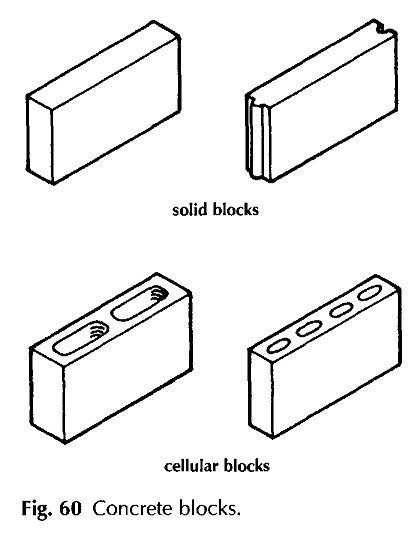

Here’s where it’s helpful to know the dimensions of cinder blocks so that you can plan accordingly.

If you build it too wide, you’ll have trouble reaching plants in the middle of the bed. The length and width will entirely depend on your space and on how long or wide you want your cinder block bed to be, but please pay close attention to your bed’s width. When it comes to dimension, you need to consider length, width, and depth (particularly the latter). These will determine how many and what kinds of plants you can select for your cinder block holes. Once you’ve decided to build a raised garden bed using cinder blocks–and before you begin planting in the central area of the bed or in the cinder block holes that surround the central area–you’ll need to give some thought to three important matters: dimension, configuration, and position. I use the phrase “cinder block” throughout this article because it seems to be the most commonly used term for these blocks–and because that’s what I’ve always called them! Cinder Block Raised Bed + Cardboard Weed Barrier Growing Plants in Cinder Block Holes: Before You Begin To be clear, I’ve called these blocks “cinder blocks” since I was a child, but the blocks you’ll find in home improvement stores are technically “concrete blocks.” Unlike cinder blocks–which are made with water, cement, and an ashy aggregate (typically coal ash)–concrete blocks are made with water, cement, and a stone or sand aggregate. On the other hand, cinder blocks are safe, sturdy, cost-effective, long-lasting, and endlessly customizable depending on the size and shape of your gardening area. When it comes to building materials for raised garden beds, wooden boards are the most common, but nicer, rot-resistant kinds such as cedar and redwood can be rather pricey (and they’ll still rot eventually). The best plants to grow in cinder block holes are those that thrive in relatively tight spaces–such as beans, bok choy, chard, chives, garlic, leek, lettuce, peas, scallions, shallots, spinach, and strawberries–as well as hardy plants like okra and many herbs and flowers.
#CONCRETE BLOCKS TRIAL#
Fast forward several months, and after some trial and error through the summer and early fall, I’ve learned a lot about what grows best in cinder block holes. This got me thinking about what kinds of plants would thrive in those somewhat small cinder block holes. I had just decided to build my first cinder block garden bed, and although I had planned out the garden, I hadn’t made any plans for the cinder block holes that would ring the main planting area. I was in one of the big home improvement stores earlier this year, and I asked myself that very thing while loading cinder blocks onto my metal push cart. If you’ve thought about building a raised garden bed using cinder blocks, have you ever stopped to wonder, “What plants can I grow in cinder block holes?” Please see my disclosure to learn about the care I take when recommending products to my readers.

#CONCRETE BLOCKS CODE#
This is of special relevance to schemes seeking high ratings under the Code for Sustainable Homes guidelines or BREEAM rated developments.This post may contain affiliate links.
#CONCRETE BLOCKS ISO#
Quality And Performance Standards : Certified to BS EN ISO 9001:2008 and BS EN ISO 14001 quality standards, and as part of Aggregate Industries, products are certified as coming from a Responsible Source, certified under BSI, BES571075 to the requirements of BES6001. Reaction to Fire: A1 Classification to EN 13501-1 Thermal Conductivity: Internal 1.29W/mK – External 1.38W/mK


 0 kommentar(er)
0 kommentar(er)
